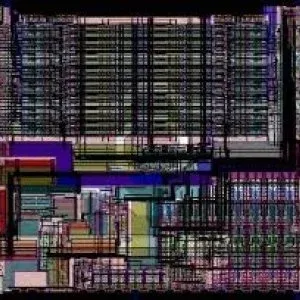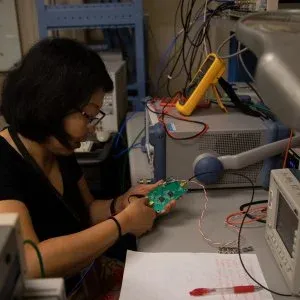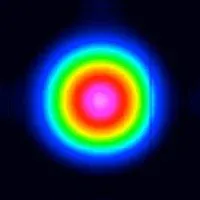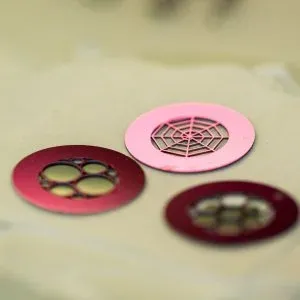Neuroscience

The instrumentation and detectors R&D at TID are well positioned to contribute to the global effort to deepen understanding of the inner workings of the human brain and how to improve treatment, prevention, and curing of brain disorders. TID has established collaborative relationships with Stanford, UC Santa Clara, and UC San Francisco for the development of novel sensors and electronics for neuroscience applications. TID is leading the effort to prepare for opportunities in neuroscience that may emerge from the Department of Energy (DOE), the National Institutes of Health (NIH), private foundations, and industry. This R&D effort is only expected to grow as major initiatives continue such as the BRAIN Initiative, and the European Human Brain Project.
Key Competencies

Application Specific Integrated Circuits (ASIC)
ASICs from small prototypes to System-on-Chip solutions. Main expertise in analog, digital, and mixed-signal architectures, low noise analog front ends, noise filtering optimization, high speed (down to 20 ps), mixed mode blocks, ADC’s, DAC’s, high-speed GHz digital data transmission in 250nm to 65 nm fabrication processes (e.g. TSMC, IBM, L-Foundry, AMC). Commercial, military ground, and space based applications. Example applications: Photon Science (LCLS, LCLS II, Synchrotron Sources); High Energy Physics (ILC, LHC ATLAS, nEXO, DUNE); Astro-Physics (Fermi space-based telescope); Neuroscience / Medical Imaging; 3D-Imaging (Driverless cars, SPADs), Improvised Explosive Device (IED) detection; Micro-processor peripheral integrated systems.
Data Acquisition Systems
TID designs hardware, firmware, software for real time data acquisition systems. Example is an Advanced Telecommunication Computing Architecture (ATCA) FPGA module with on-board integrated network switch, ported and bundled with operating system and real-time kernel. Applications are LHC ATLAS, LSST, HPS, DUNE, nEXO and has applications in other projects where fast processing of packets/data is needed.


Micro Optics
Expertise in design, modeling, fabrication, and characterization of micro-electro-mechanical systems (MEMS) and micro-electro-optical-mechanical systems (MOEMS). Including micro-lenses, micro-mirrors, and optical imaging.
Microfabrication
Ability to access numerous micro and nano fabrication clean rooms and tools for fabrication and evaluation for: ion milling, metal deposition, organic film deposition, electron beam lithography, and focused ion beam patterning, etc.; as well as characterization: SEMs, TEMs, XRD, XPS, Auger, SIMS, SPMs, etc.

